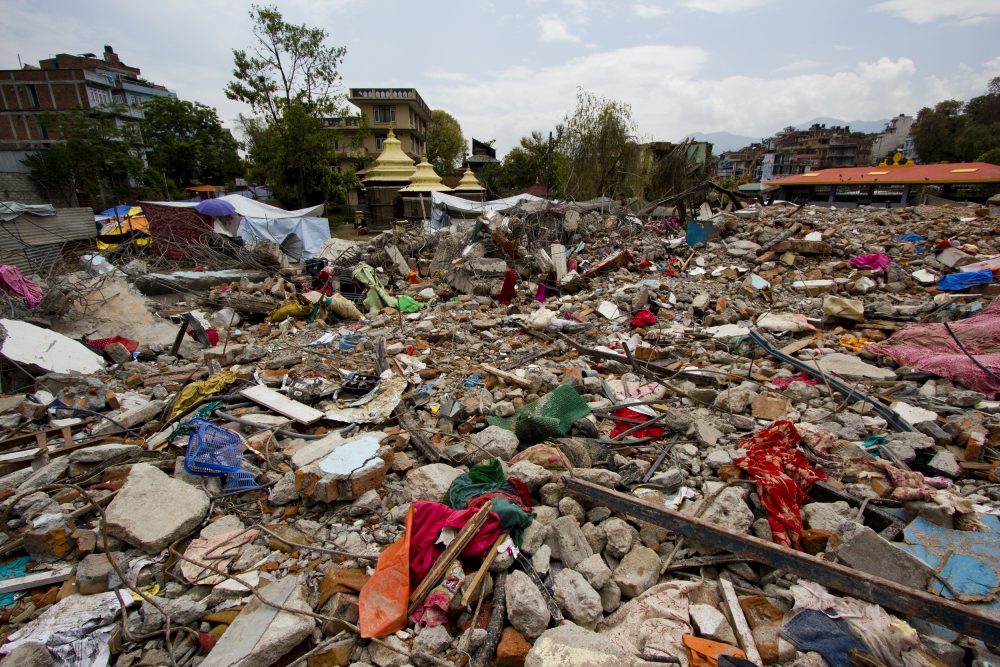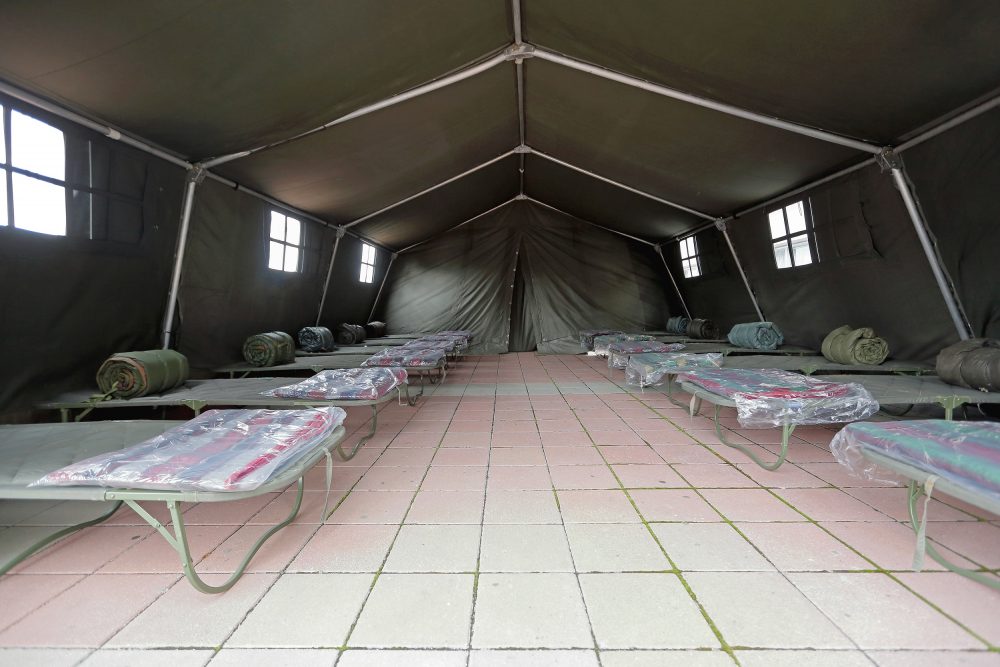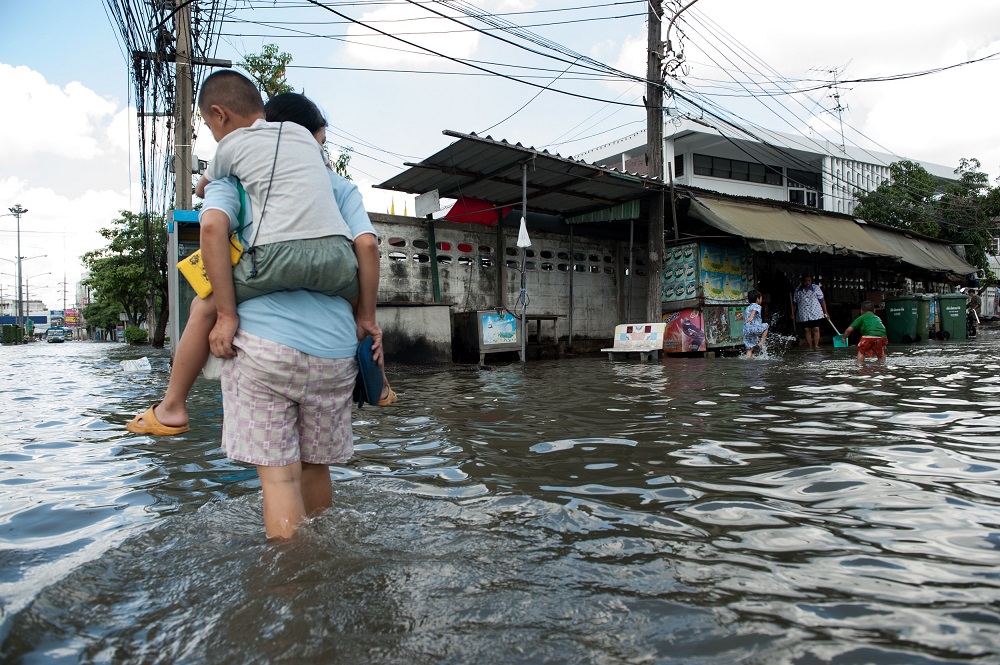When responding to disasters it’s vital to be able to act quickly. The more quickly aid reaches people in need, the more quickly they can rebuild their lives and the lower the overall cost.
One way to speed up the response is to pre-commit to providing funds and assistance if disaster strikes. But it’s possible to go further still.
Providing resources for readiness preparations in case of future disaster and acting as soon as a disaster is forecast rather than waiting for it to happen can dramatically improve effectiveness.
Hence such approaches are increasingly being adopted, for example the Early Action Protocols from the International Federation of Red Cross and Red Crescent Societies (IFRC).
Making funds available
The overall objective is to reduce the impact of predictable natural hazards on vulnerable populations. To do so it’s important to make sure that funds available for humanitarian assistance are used as effectively as possible.
This means avoiding unnecessarily holding money back in case it’s needed in the future and ensuring it’s available to as many people in need as possible.
The aim is to ‘leverage’ funding by covering as many potential disasters as possible. While still ensuring money will be available to meet commitments whenever disasters do occur.

Maximising humanitarian impact
Relief organisations need to plan carefully to strike an appropriate balance between meeting commitments and maximising humanitarian impact. Key to achieving this is to recognise that not all disasters that could occur will occur. And they certainly won’t all occur at the same time.
The insurance industry uses the principles of ‘diversification’ and ‘time diversification’ to smooth potential losses. It does this by covering many different people for a variety of risks over a long period.
Theoretically we can estimate the likelihood of any combination of events if we know the probabilities of the individual events occurring and how dependent they are on each other.
Because we know disasters won’t all occur at the same time, we don’t need to hold sufficient funds at any point in time to cover every possible disaster. Instead it’s very likely that a smaller level of funds will be enough to meet the costs of those disasters that do occur. Hence a greater number of additional potential disasters can be funded.
So, for a given level of available funds it’s possible to ask how many potential disasters can be covered with, say, 90% certainty. We should also ask how could the funds be topped up in the unlikely event that they turn out to be insufficient?

Funding implications
Looking at a practical example, suppose all potential disasters are of equal magnitude and all have the same ‘return period’ of 5 years. By which I mean they occur on average once in every 5 years and so have a 20% chance of occurring in any given year.
Suppose also for simplicity that the disasters are independent of each other, so that if one disaster occurs another disaster will be neither more nor less likely to occur.
Then in an average year only 20% of the maximum possible cost will be incurred. And roughly speaking in 9 out of 10 years the cost will be less than a third of the maximum possible cost.
We can look at this another way. Suppose a given level of funds enables you to cover a number of disasters with 100% certainty. Then you can cover more than 3 times as many disasters with 90% certainty.
The remaining question is then how to top up the funds in the, say, 10% of cases where the initial funds are no longer adequate.
Several different options exist depending on what is most practical given the circumstances of the institutions involved. It may be possible to:
- divert funds from other programmes or bring forward funds that would otherwise have been available in future years
- obtain additional funds from donors given the exceptional level of need, perhaps with some pre-commitment to guarantee the availability of funds
- obtain cover from insurers or from capital markets via so-called ‘catastrophe bonds’, although the level of complexity involved means this is only likely to be practical without incurring disproportionate costs where large sums of money are involved

None of these options may be easy to implement. But it’s worth investing in the necessary operational capacity and processes because using funds efficiently in this way means achieving the greatest humanitarian impact.
Notes:
GAD’s report on alternative options that may be available to the IFRC when funding its Early Action Protocols, was published by the Centre for Disaster Protection.
The opinions in this blog post are not intended to provide specific advice. For our full disclaimer, please see the About this blog page.
Recent Comments